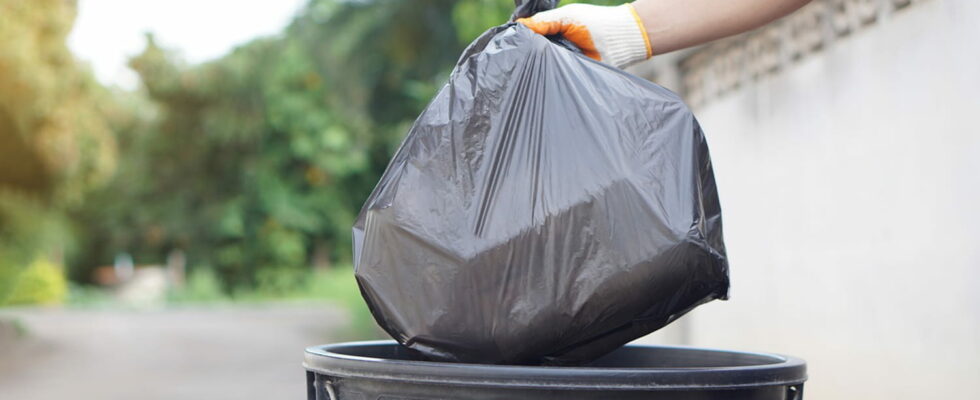A new sorting regulations entered into force in January 2025 and requires recycling these products instead of throwing them in the trash. Here’s how to get rid of it simply and legally.
Faced with the worsening of the ecological crisis, it becomes essential to limit our impact on the environment, and this starts with simple daily gestures, starting by recycling our waste as much as possible. Dark management represents a major challenge at a time when overconsumption and production are constantly growing. Adopting rigorous sorting practices is therefore essential.
But if we are used to sorting the glass in a dedicated container, separating plastic and cardboard packaging in the yellow trash can, and to supply composters with organic waste, an area still escapes our ecological vigilance: that of textiles.
How many of us have already threw a worn t-shirt or a pair of socks with the trash, without thinking twice? These gestures unfortunately contribute to the massive accumulation of textile waste. And this is a major problem, because the fashion industry is one of the most polluting in the world. The production of clothing consumes considerable natural resources and generates a significant carbon footprint. And with the development of fast fashion and overconsumption that accompanies it, it does not improve!
Also, to reduce textile waste and promote recycling and reuse of materials, new regulations have come into force in France. Since January 1, 2025, a European directive has required French communities and professionals to collect textiles separately, which should therefore no longer be thrown into the trash (with the exception of soiled and wet textiles).
If the law does not yet concern individuals, the latter must comply with the rules for collecting and sorting waste implemented in their city by the community responsible for collecting waste. Generally, local communities install specific containers for the collection of used textiles. These deposit points, often located near recycling centers or in public places, facilitate recycling for citizens.
Obviously, it is always possible to deposit textiles at the collection points of charitable associations, such as the French Red Cross and Emmaüs, to sell them on second-hand sites, such as Vinted and Leboncoin, or to participate in the programs of Recovery of certain ready-to-wear brands, which allow you to benefit from vouchers or discounts in stores.
This new regulation is part of a global approach aimed at rethinking our relationship to fashion and consumption. Also, the next time you plan to get rid of a garment, remember that there are responsible solutions to offer it a second life.
